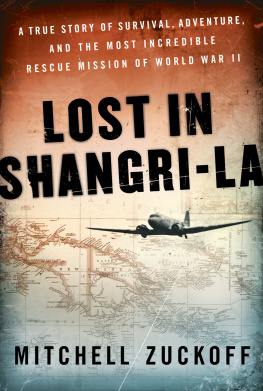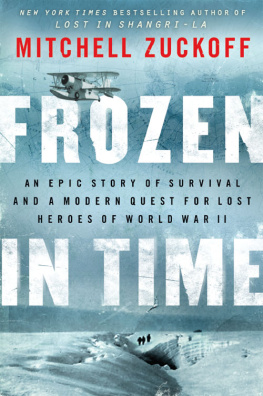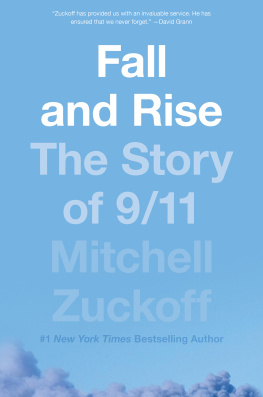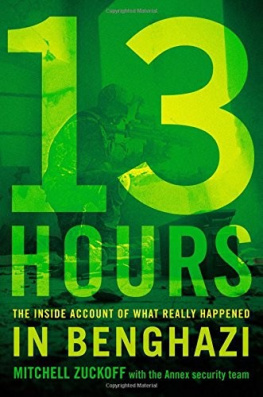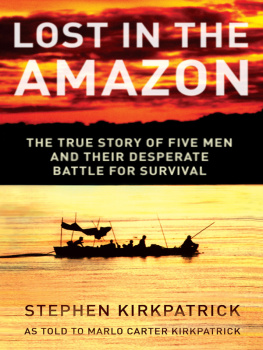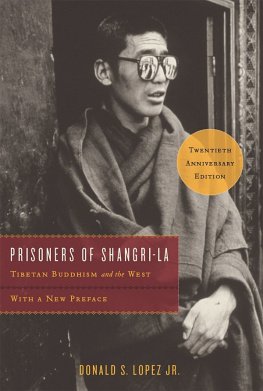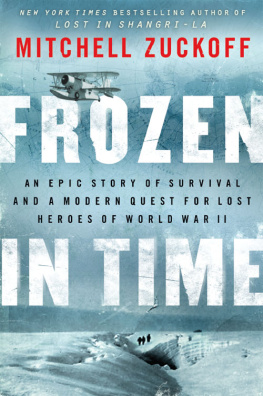Mitchell Zuckoff - Lost in Shangri-La: A True Story of Survival, Adventure, and the Most Incredible Rescue Mission of World War II
Here you can read online Mitchell Zuckoff - Lost in Shangri-La: A True Story of Survival, Adventure, and the Most Incredible Rescue Mission of World War II full text of the book (entire story) in english for free. Download pdf and epub, get meaning, cover and reviews about this ebook. year: 2011, publisher: Harper, genre: History. Description of the work, (preface) as well as reviews are available. Best literature library LitArk.com created for fans of good reading and offers a wide selection of genres:
Romance novel
Science fiction
Adventure
Detective
Science
History
Home and family
Prose
Art
Politics
Computer
Non-fiction
Religion
Business
Children
Humor
Choose a favorite category and find really read worthwhile books. Enjoy immersion in the world of imagination, feel the emotions of the characters or learn something new for yourself, make an fascinating discovery.
- Book:Lost in Shangri-La: A True Story of Survival, Adventure, and the Most Incredible Rescue Mission of World War II
- Author:
- Publisher:Harper
- Genre:
- Year:2011
- Rating:5 / 5
- Favourites:Add to favourites
- Your mark:
Lost in Shangri-La: A True Story of Survival, Adventure, and the Most Incredible Rescue Mission of World War II: summary, description and annotation
We offer to read an annotation, description, summary or preface (depends on what the author of the book "Lost in Shangri-La: A True Story of Survival, Adventure, and the Most Incredible Rescue Mission of World War II" wrote himself). If you haven't found the necessary information about the book — write in the comments, we will try to find it.
Lost in Shangri-La, Mitchell Zuckoffs remarkable and inspiring narrative. Faced with the potential brutality of the Dani tribe, known throughout the valley for its violence, the trios lives were dependent on an unprecedented rescue mission--a dedicated group of paratroopers jumped into the jungle to provide aid and medical care, consequently leaving the survivors and paratroopers alike trapped on the jungle floor. A perilous rescue by plane became their only possible route to freedom. A riveting story of deliverance under the most unlikely circumstances, Lost in Shangri-La deserves its place among the great survival stories of World War II. --Lynette Mong
Amazon Exclusive: Hampton Sides Reviews Lost in Shangri-La
Outside magazine and the author of the international bestseller __, which won the 2002 PEN USA Award for nonfiction and the 2002 Discover Award from Barnes & Noble, and also served as the basis for the 2005 Miramax film The Great Raid.
Although World War II was the greatest conflict in the history of this planet, many a jaded reader has come to the reluctant conclusion that there arent any more World War II stories left to tell. At least not good onesnot tales of the ripping good yarn variety. Yet remarkably, in his new book Lost in Shangri-La, Mitchell Zuckoff has found one, and hes told it with reportorial verve, narrative skill, and exquisite pacing.
What makes this World War II story all the more fascinating is that it isnt really a war storynot in a strict military sense. Its more of an exotic adventure tale with rich anthropological shadings. In 1945, near the end of the war, an American plane crashes in a hidden jungle valley in New Guinea inhabited by Stone Age cannibals. 21 Americans die in the crash, but three injured survivors soon find themselves stumbling through the jungle without food, nursing terrible wounds and trying to elude Japanese snipers known to be holding out in the mountains.
The first contact between the three Americans and the valleys Dani tribesmen is both poignant and comical. The Americans, Zuckoff writes, have crash-landed in a world that time didnt forget. Time never knew it existed. The tribesmen, who have never encountered metal and have yet to master the concept of the wheel, think the American interlopers are white spirits whove descended on a vine from heaven, fulfilling an ancient legend. Theyre puzzled and fascinated by the layers of removable skin in which these alien visitors are wrapped; the natives, who smear their bodies in pig grease and cover their genitals with gourds, have never seen clothes before.
The Americans, in turn, are pretty sure their boartusk-bestudded hosts want to skewer them for dinner.
What ensues in Zuckoffs fine telling is not so much a cultural collision as a pleasing and sometimes hilarious mutual unraveling of assumptions. Though the differences in the two societies are chasmic, the Americans and the Dani becomein a guarded, tentative sort of way_friends_.
But when armed American airmen arrive via parachute to rescue the survivors, relations become more tense. The Americans make their camp right in the middle of a no-mans land between warring Dani tribesa no-mans land where for centuries they have fought the battles that are central to their daily culture. Here, Zuckoff notes, the ironies are profoundly rich. The Dani, untouched by and indeed utterly unaware of the great war thats been raging all across the globe, become thoroughly discombobulated when their own war is temporarily disrupted.
Yes, there are still a few good World War II stories left to tell. And yes, this one meets all the requirements of a ripping good yarn. Zuckoff, who teaches journalism at Boston University, is a first-rate reporter who has spared no expense to rescue this tale from obscurity. His story has it all: Tragedy, survival, comedy, an incredibly dangerous eleventh-hour rescue, and an immensely attractive heroine to boot. Its extraordinary that Hollywood hasnt already taken this tale and run wild with it. If it did, the resulting movie would be equal parts Alive, Cast Away, and The Gods Must Be Crazy. Its as though the Americans have arrived in the Stone Age through a wormhole in the space-time continuum. The Dani dont know what to do with themselvesand life, as any of us know it, will never be the same.
Review
Zuckoff transforms impressive research into a deft narrative that brings the saga of the survivors to life. (Publishers Weekly (starred review) )
Zuckoff delivers a remarkable survival story. . . . In this well-crafted book, Zuckoff turns the long-forgotten episode into an unusually exciting narrative. . . . Polished, fast-paced and immensely readableready for the big screen. (Kirkus Reviews (starred review) )
[An] engaging story. . . . This excellent book will be enjoyed by anyone who loves true adventure stories. (Library Journal (starred review) )
This is an absorbing adventure right out of the Saturday-morning serials. . . . LOST IN SHANGRI-LA deserves a spot on the shelf of Greatest Generation nonfiction. It puts the reader smack into the jungle. (Cleveland Plain Dealer )
[A] gripplingly cinematic account. . . . A remarkable cast of characters. . . . A (Entertainment Weekly )
Genre : Non-fiction Formats : EPUB, MOBI Quality : 5Mitchell Zuckoff: author's other books
Who wrote Lost in Shangri-La: A True Story of Survival, Adventure, and the Most Incredible Rescue Mission of World War II? Find out the surname, the name of the author of the book and a list of all author's works by series.

